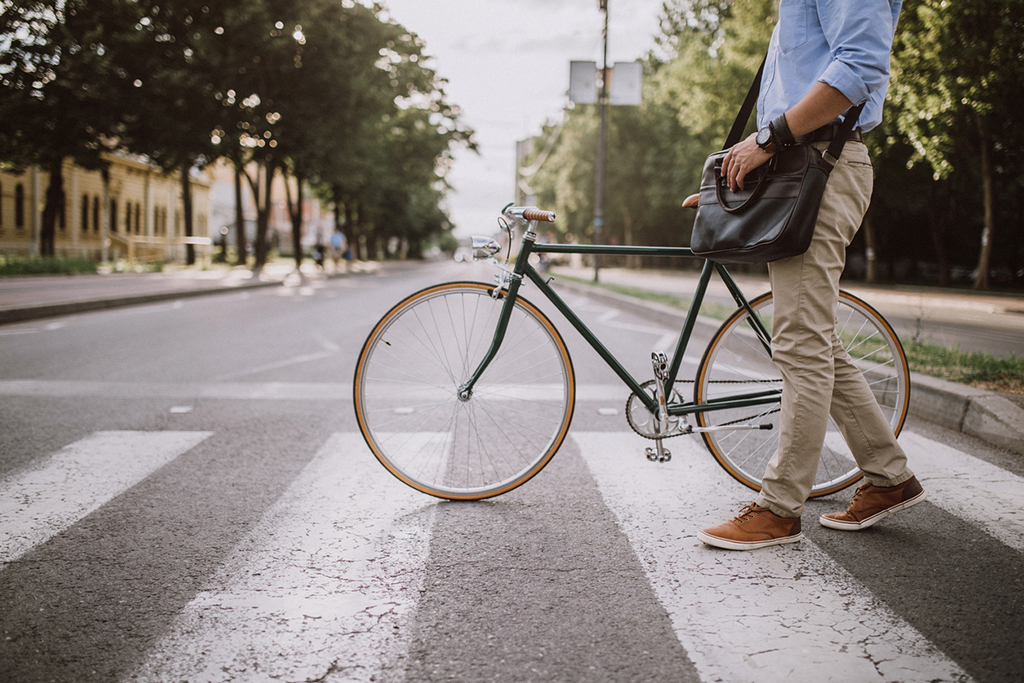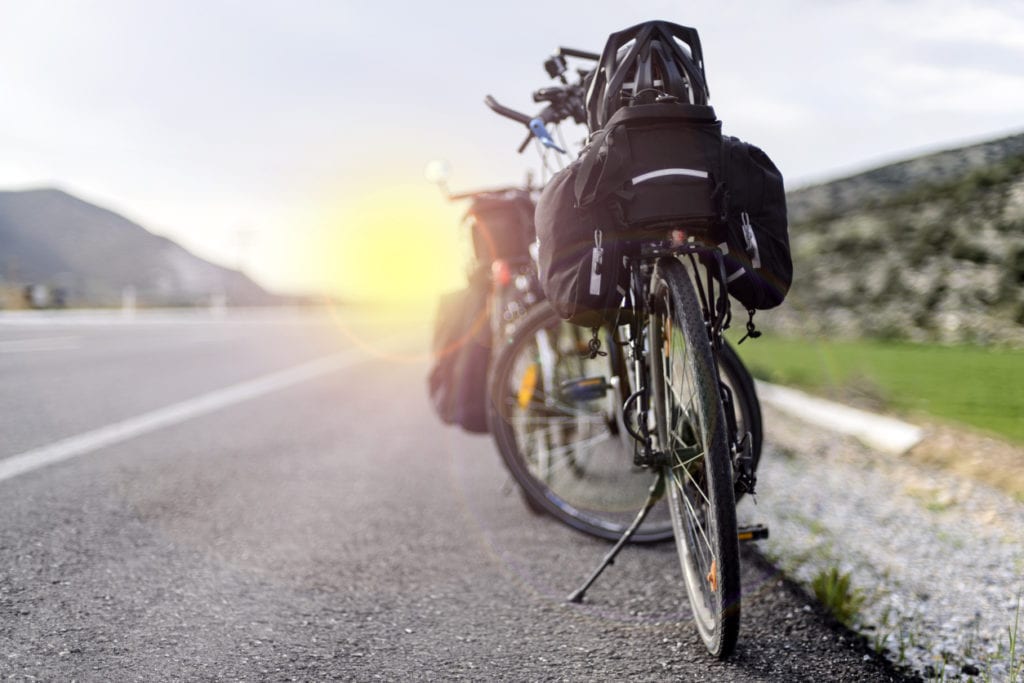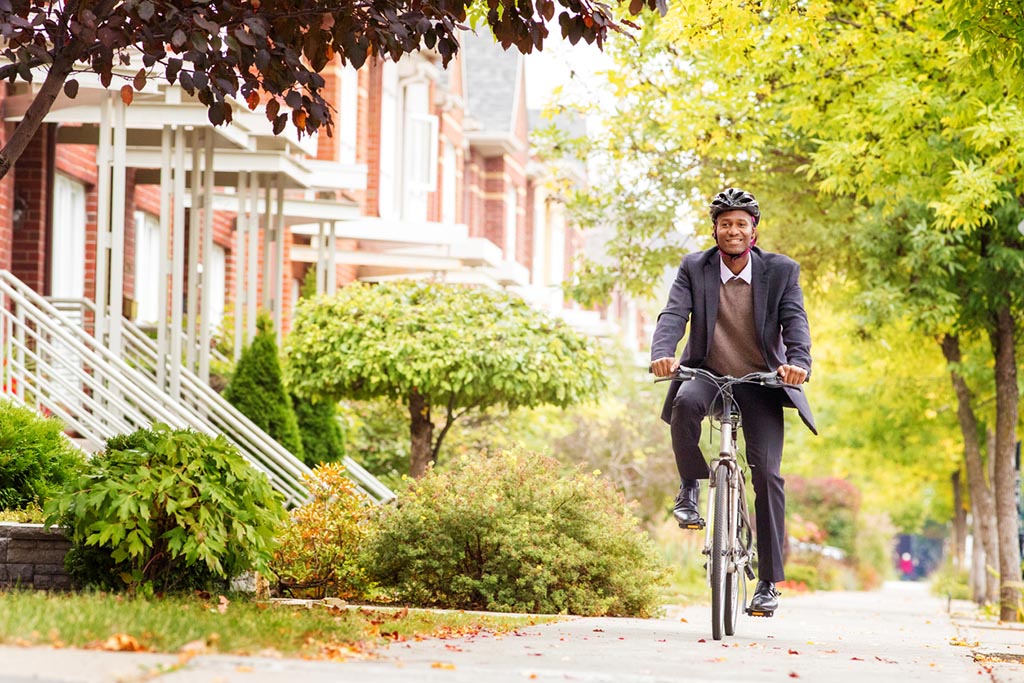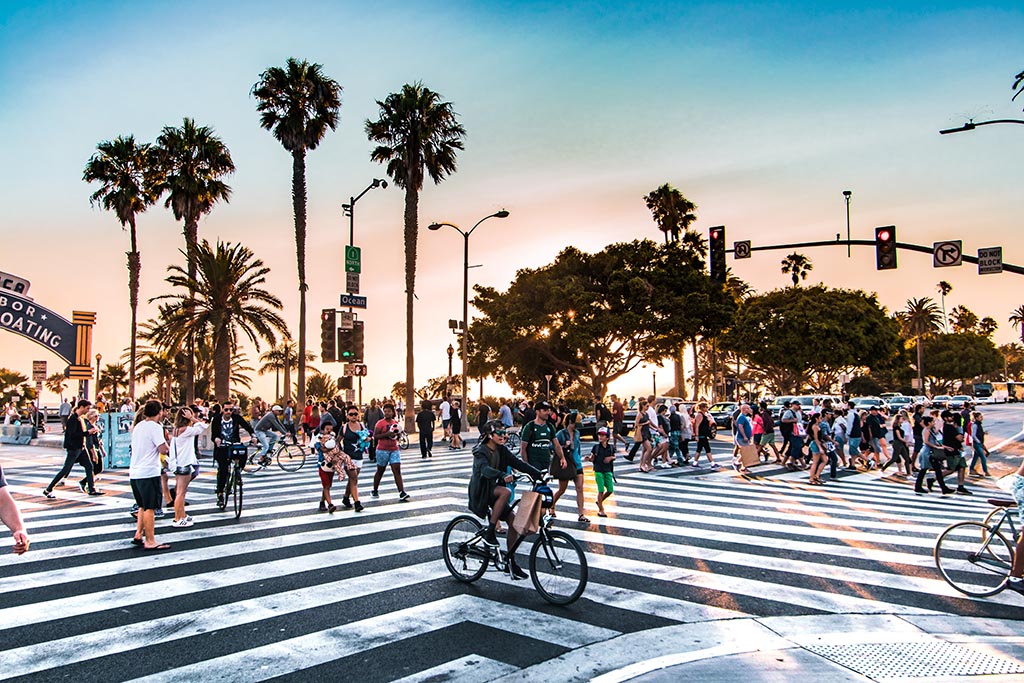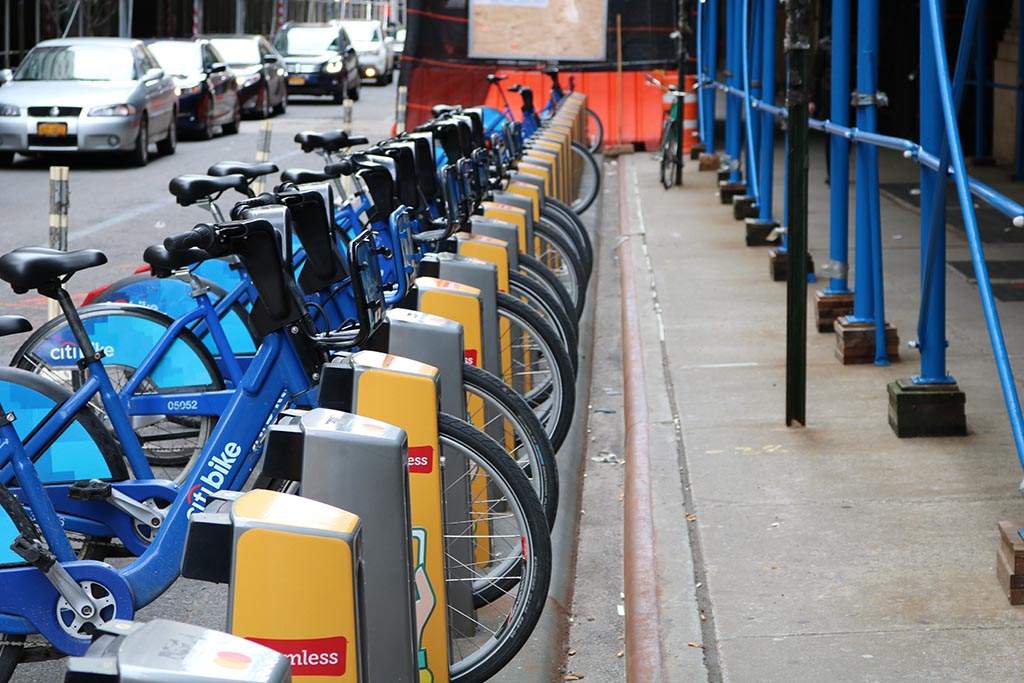Biking has always been considered an eco-friendly activity for obvious reasons. But today’s entrepreneurs are finding ways to make it even greener. You might ask, “How is that even possible?” Well it starts like everything else, with the foundation. An increasing number of people feel it’s time to toss the metal frames away and go with sustainable materials instead.
Which sustainable materials are currently being used? There are already firms experimenting with bamboo, wood, recycled cardboard and refurbished parts ala steam punk style. While we agree that they’ve all got the cool factor, what about bicycle safety? Do the sustainable materials have the ability to withstand impact with guard rails or motor vehicles? In order to answer that critical biking question, we must look at whether or not the industry is federally regulated.
In many respects, it does receive government oversight. However, there have been bumpy stretches of pavement on the way to greener alternatives. The bumps have largely been prompted by industry innovations moving faster than the federal law making process. For example, the laws were written with traditional metal bicycles in mind, not the latest materials. As such, not all bicycles may fall under the current industry requirements.
What are the current requirements when it comes to bicycle frames? Some of them are listed in Federal Code Title 16. Look for them in Chapter 2, Section 1512. They indicate that frames must meet certain strength guidelines. The strength guidelines, however, are for downward pressure only. Curiously, they don’t mention the ability to withstand impact with another object.
So will these green bicycles hold up in an impact like their traditional counterparts? We can’t say for sure until the bike manufacturing laws catch up to the entrepreneurs. With that said, biking enthusiasts should choose their rides carefully and consult with bicycle accident attorneys as needed.

